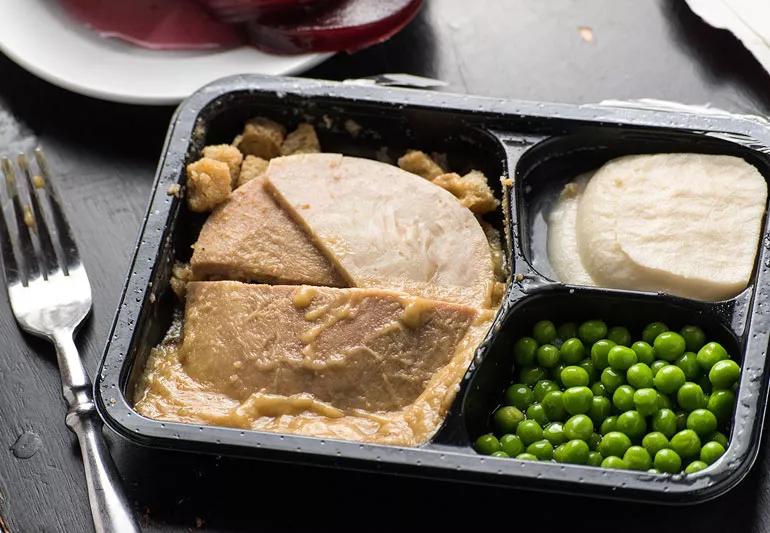They're common in processed foods

“Yum, sodium nitrate!” Ever hear someone say that before sinking their teeth into a juicy hot dog or some crispy bacon?
Advertisement
Cleveland Clinic is a non-profit academic medical center. Advertising on our site helps support our mission. We do not endorse non-Cleveland Clinic products or services. Policy
Probably not. Most of us aren’t aware of the chemicals in our cuisine. Yet additive-laced processed foods have become more American than apple pie.
A recent study estimates that highly processed foods make up nearly 60% of the American diet.
Food that is processed has been altered, in some way, from its natural state. It’s often more convenient and less expensive.
“Processed foods have often have been treated with additives – substances that add color, enhance flavor or increase shelf life, for example,” says dietitian Kate Patton. “Additives are not necessarily bad. Most foods require them to prevent spoilage and maintain their nutritional value.”
In fact, the U.S. Food and Drug Administration (FDA) has approved thousands of food additives.
Consuming small amounts of additives may be safe, but the health risks add up if you rely heavily on processed foods. A diet rich in processed foods is linked to chronic diseases such as obesity, high blood pressure, heart disease and cancer.
Advertisement
To be safe, it’s wise to choose foods that are in their natural state and color. The best way to eat healthy is to:
“Follow these tips to enjoy food that is not only more nutritious but also fresher and more naturally flavorful,” Patton says.
Advertisement
Learn more about our editorial process.
Advertisement

Eating too much salt can put extra pressure on your blood vessels and heart

High in antioxidants and vitamin C, kohlrabi lowers disease risk, protects your heart and aids digestion

The gluten-free, fiber-rich superfood supports gut and heart health and can help with diabetes management

Wasabi root may protect against cancer, food poisoning and memory loss

Limes and lime juice are rich in vitamins, minerals, antioxidants and other nutrients

This herbal drink may ease allergies and boost prostate health

The common flavor enhancer has had a bad reputation — but here’s what the research shows

This ancient grain, packed with protein and fiber, can help with weight loss and heart health

Babies can get congested easily, but you can calm their cough by keeping them hydrated, using nasal drops and running a humidifier

Weight loss may cause loose, sagging skin and muscle loss to your rear

Several conditions, like vitiligo and fungal infection, can cause a loss of pigmentation, leading to white spots or patches on your skin